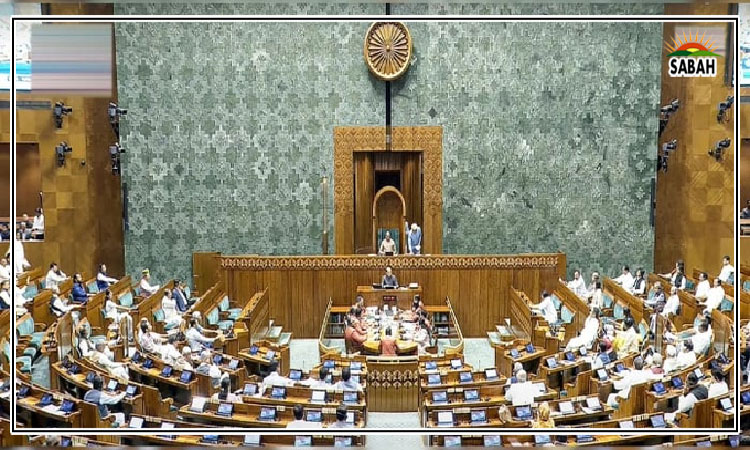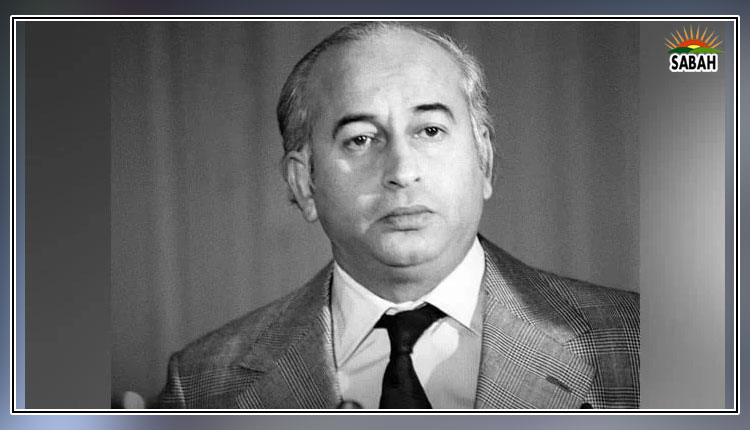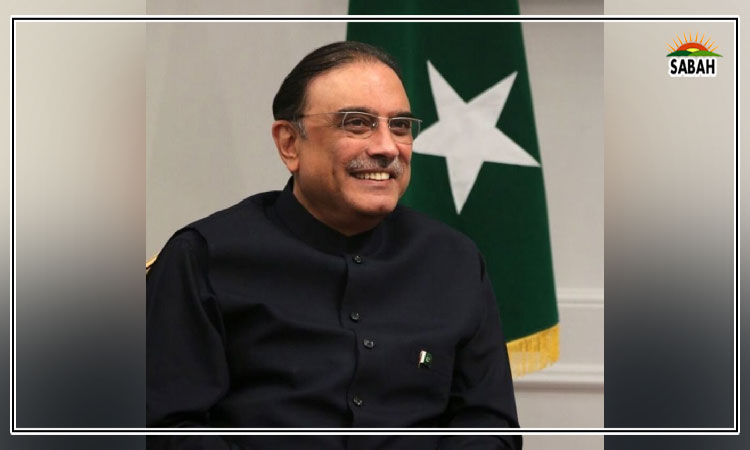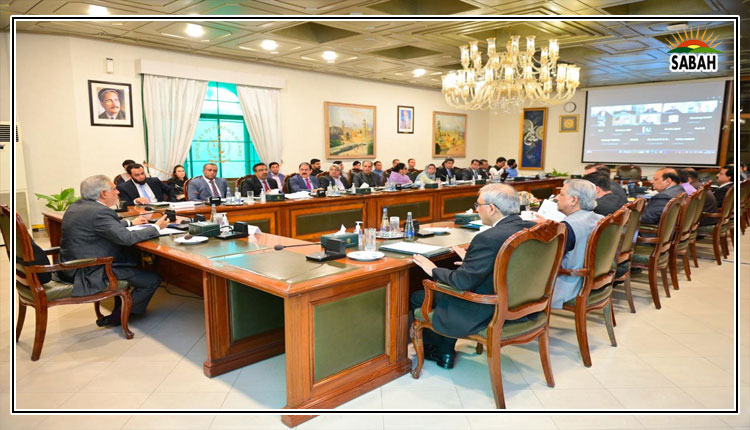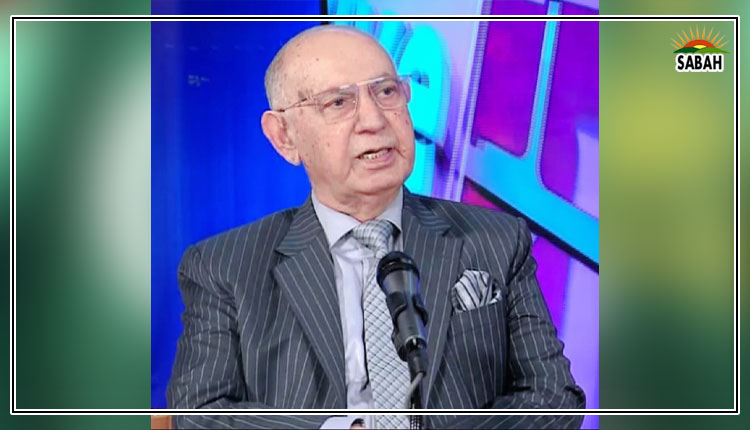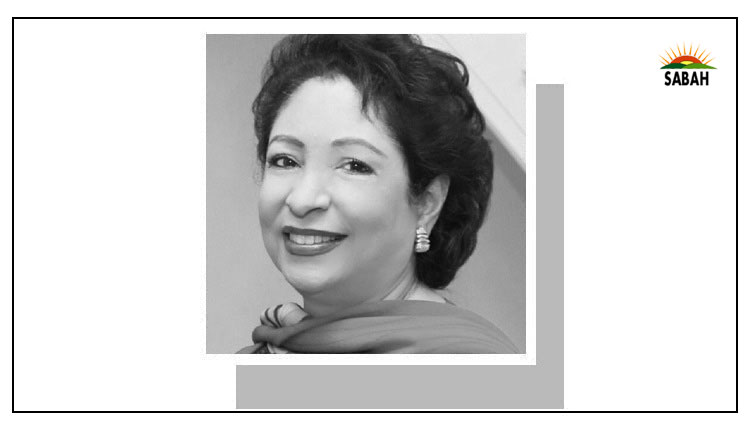Hard road ahead …..Maleeha Lodhi
EXPECTATIONS that the election would put Pakistan on the road to political stability have clearly not been met.
The election produced a fractured mandate and triggered one controversy after another, especially by widespread allegations of poll irregularities. Protests against ballot fraud continue to take place across the country and virtually paralysed Balochistan. The claims about rigging made by the commissioner of Rawalpindi will have to be fully investigated, as they have raised further questions about the credibility of elections.
A hung parliament sent the major parties scurrying to cobble a majority. Imran Khan’s PTI, which won the biggest share of seats to emerge as the single largest bloc in the National Assembly, wasn’t accepted as the winner by the other two major parties.
Instead, they joined hands to announce that PML-N would form a coalition government headed by Shehbaz Sharif, comprising a motley group of six parties. Initially, PTI pressed its right to form the government and named Omar Ayub as its prime ministerial candidate. But without enough allies, it knew it would not be able to secure the requisite number for a majority. It then announced it would sit as the opposition in the National Assembly.
If all this added up to a confusing picture, there was more to come. To cross the magic number of 134 NA seats in order to stake an initial claim to form the government, PML-N needed the PPP’s backing. It secured this — taking it well over the needed number — but with caveats.
The PPP decided not to join the coalition government or cabinet but declared it would support PML-N in forming the government and electing the prime minister. This indicated PPP leaders preferred to keep a distance from a government that everyone anticipates would be weak and compelled to take tough and politically unpopular decisions on the ailing economy.
It means the PML-N-led coalition will be a precariously poised, unstable minority government. As one PML-N leader candidly put it, the PPP could pull the rug from under the coalition government’s feet any time that suited it. This is why several League members advised their leaders to focus on Punjab and not go for a government at the centre.
To be sure, the PML-N-led government will be ever more dependent on the PPP for its survival and will need to constantly keep it happy, especially as their differences have only been papered over. PPP seeks the president’s post for Asif Zardari, and wants other top constitutional posts while avoiding the responsibility of being part of government. It also wants a share in the Punjab government.
No one wins if political turmoil continues when the need is to take the economy out of the critical ward.
Of course, the process of government formation has yet to formally begin. The Assembly has to meet, reserved seats have to be allocated according to the proportion of seats won by the parties, and then the election of speaker has to take place. All this is likely to be an acrimonious and contentious process.
PTI is reported to be considering asking its candidates to join the Majlis-i-Wahdatul Muslimeen, a religious party, to enable it to claim reserved seats for women and minorities, which it would otherwise not be entitled to as it lost its status as a political party by a ruling of the Election Commission of Pakistan. PTI is also waging a legal battle in the courts, challenging election results in many constituencies.
Even if a PML-N-led coalition government is formed at the federal level without any hitches, the question is how stable will it be. Already, the intense bargaining between coalition partners over cabinet and other top posts, including the presidency, indicates that a patchwork political arrangement is likely to emerge in which political rivals forced into a marriage of convenience will have to work together. This will not be easy.
The most consequential test of such an arrangement will be on economic management. One of the immediate priorities for the government will be to negotiate a new, larger programme with the IMF given Pakistan’s heavy debt service obligations ahead and the Stand-by Arrangement ending in April. This will require commitments by the government to implement tough economic measures. Will the prime minister be able to secure the support of his allies for steps likely to add to the cost-of-living crisis in the near term?
The choice of finance minister will also be critical to build credibility with the Fund and other multilateral financial institutions.
It would be a mistake to see the coalition patched together by PML-N as a replay of the previous PDM arrangement. That coalition government included the PPP and, because PTI had walked out of the NA, there was no parliamentary opposition to deal with. This is not the case today.
Moreover, Shehbaz Sharif will also have to rely on ‘borrowed’ authority from Nawaz Sharif, who has opted to stay out of government, but will be calling the shots from behind the scenes. Shehbaz will have to contend with the dynamics of a parallel power centre in Punjab, with Maryam Nawaz as its chief minister. She will also be charged with rebuilding the party given the erosion in its support base in its erstwhile provincial stronghold.
If the centre will present challenges for the government, the state of play in the provinces is even more daunting. The federal government will have a complex provincial landscape to navigate. The four provinces will all be run by different political parties as a consequence of the regionalised electoral outcome.
The government of Khyber Pakhtunkhwa will be controlled by PTI. That Khan chose a combative hawk, Ali Amin Gandapur, as chief minister of the provincial government indicates a confrontational approach. How effectively Shehbaz Sharif is able to manage centre-province relations, including with the PPP-governed provinces of Sindh and Balochistan, in the face of economic difficulties and scarce resources is a key question.
All this means the prospects for political stability are rather dim. Tensions remain high and uncertainty is set to continue with no sign of even a temporary truce between feuding political parties. Nor is the controversy over a disputed election likely to end anytime soon.
Already questions are being raised about how long a tenuous coalition government can last despite the establishment’s support. The greatest risk posed by more political turmoil is that it can send a fragile economy into meltdown, with far-reaching consequences for the country’s future.
The writer is a former ambassador to the US, UK and UN.
Courtesy Dawn, February 19th, 2024


